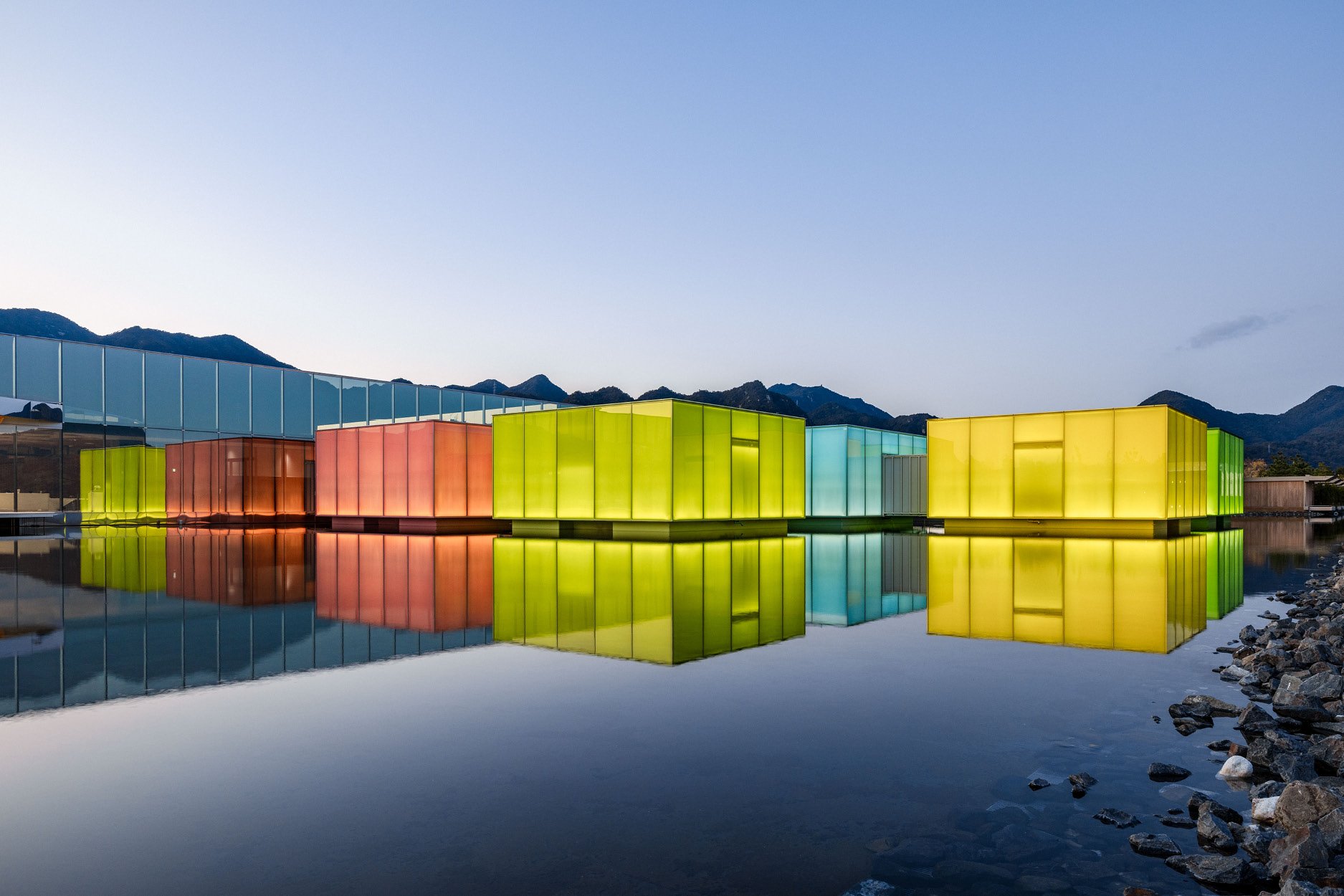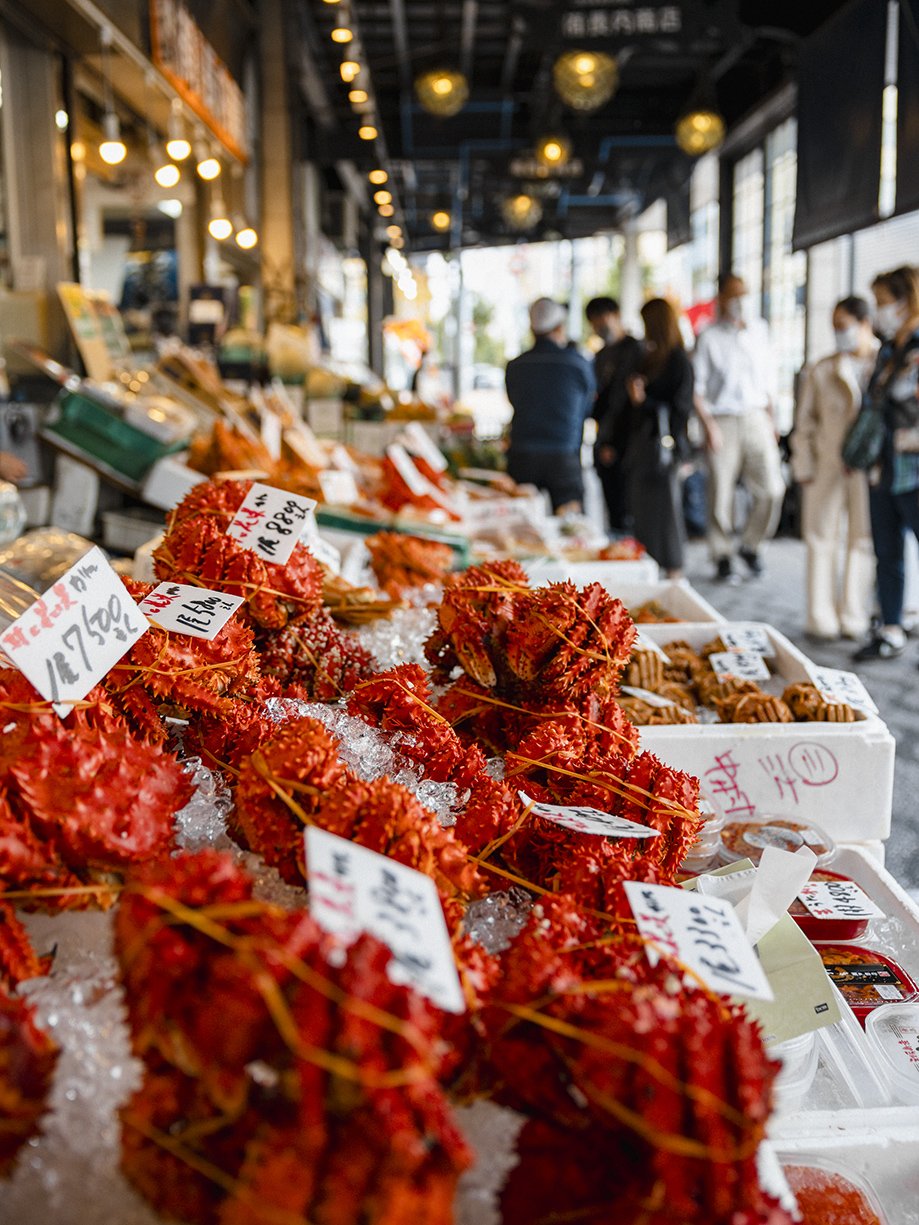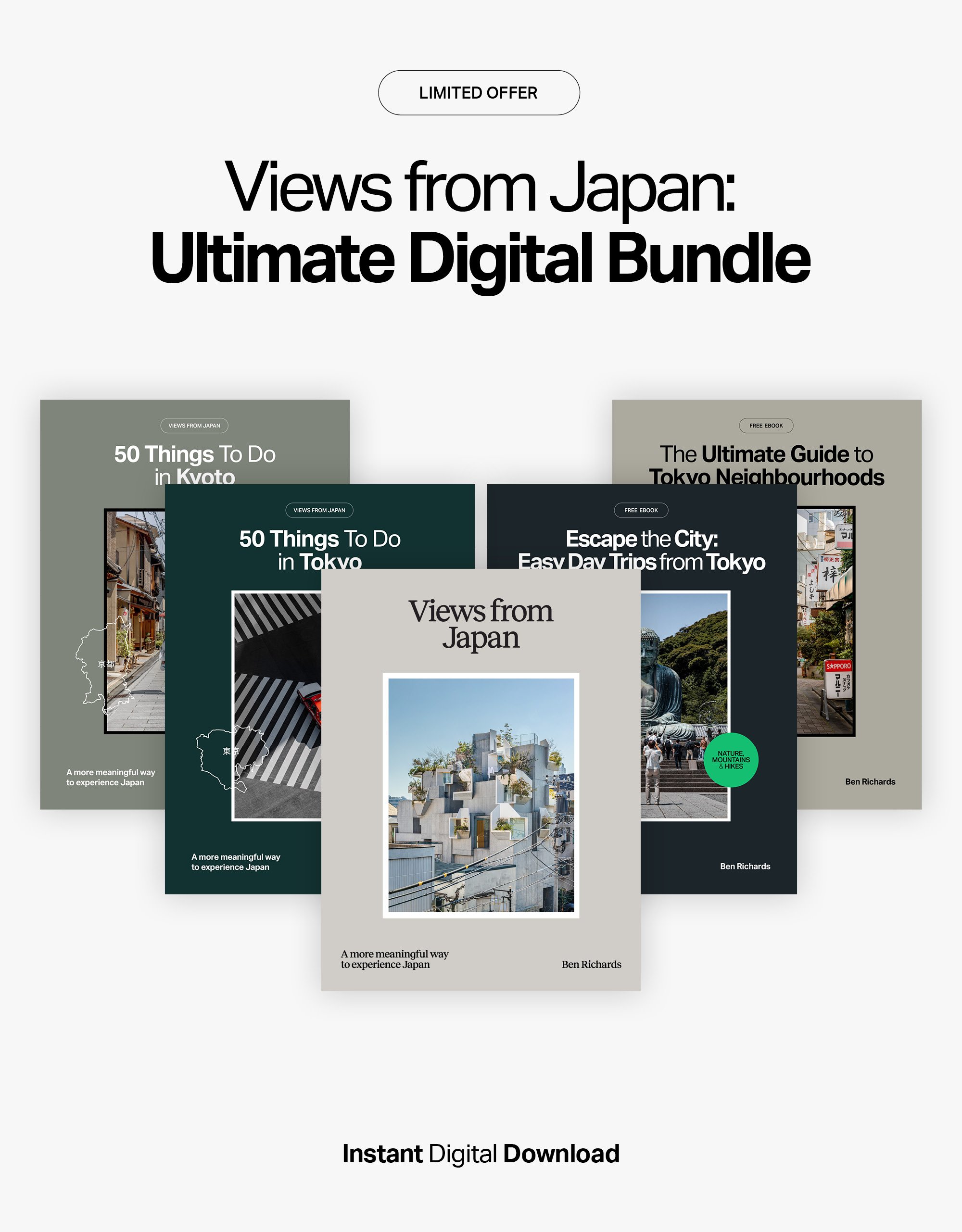One Week Hokkaido Itinerary for Adventure Lovers
If you’re dreaming of your next trip to Japan, consider venturing beyond the well-trodden paths of Tokyo and Kyoto to explore the unspoiled natural beauty of my favourite prefecture: Hokkaido. From the seafood markets of Sapporo to the vast landscapes of Shiretoko National Park, join me as we spend 7 days exploring the natural wonders, city heights and active volcanoes of Japan’s northernmost island.
Itinerary Highlights
Nijo Market, Sapporo – Dive into Sapporo’s seafood scene at Nijo Market. Stroll through family-run stalls, sample fresh crab, and don’t miss the market’s signature seafood bowls.
Lake Shikotsu, Hokkaido – Cruise across Lake Shikotsu’s crystal-clear waters. Surrounded by mountains, this caldera lake is one of Japan’s deepest and clearest.
Jugokudani, Noboribetsu – Experience the otherworldly landscape of Jugokudani, with sulfuric hot springs and dramatic steaming vents.
Shirogane Blue Pond, Biei – Discover the shimmering beauty of Shirogane Blue Pond. A short walk through a forest leads you to this hidden lake with its striking blue waters.
Shiretoko Goko, Shiretoko National Park – Explore the pristine waters of Shiretoko Goko’s five lakes, perfect for spotting wildlife, including bears and deer.
Day 1-3: Sapporo
Kick off your Hokkaido adventure in Sapporo, Japan’s fifth largest city. Wake-up for fresh daily catch at Nijo Market, where you can sample fresh crab, sea urchin, sashimi and more. Unwind with a leisurely stroll through Nakajima-koen, with scenic paths and a reflecting pond – especially good in the autumn months. For a bird's-eye view, head to the Sapporo TV Tower, perfect for sunset.
Highlights
Nijo Market: Dive into Sapporo’s seafood scene at Nijo Market. Stroll through bustling stalls, sample fresh crab, and don’t miss the market’s signature kaisendon seafood bowls.
Sapporo TV Tower: For panoramic views of the city from above, head up the Sapporo TV Tower. Overlooking Odori Park, it’s the perfect spot to see the city’s skyline and surrounding mountains.
Nakajima-koen: Escape to Nakajima-koen for a dose of nature. This peaceful park offers picturesque ponds, a traditional tea house, and serene walking paths.
Discover more about the Japanese Alps and hundreds of other unique destinations in my brand new guidebook, Views from Japan.
Day 3–4: Noboribetsu & Lake Shikotsu
Next, visit Noboribetsu for its geothermal wonders and natural hot springs. Walk amongst the boiling sulfuric springs of Jigokudani Hell Valley and experience true relaxation at a traditional ryokan. Don’t forget to indulge in a local kaisendon (fresh seafood bowl). Next, make a beeline for Lake Shikotsu, one of Japan’s clearest and deepest lakes, ringed by rolling hills and mountains.
Highlights
Jugokudani (Hell Valley): Experience the otherworldly landscape of Jugokudani, where sulfuric hot springs and steam vents create a dramatic and unforgettable scene.
Lake Shikotsu: Cruise across Lake Shikotsu’s crystal-clear waters. Surrounded by mountains, this caldera lake is one of Japan’s most scenic spots.
Kaisendon Bowls: Treat yourself to an indulgent kaisendon, a seafood bowl featuring fresh, local catch. A must-try for any seafood lover.
Marukoma Onsen: Soak in natural hot springs at Marukoma Onsen. This lakeside retreat offers stunning views and a relaxing atmosphere.
Related post: The Best Times to Visit Japan: A Month by Month Guide
Day 4–5: Biei & Furano
Continue your journey to the picturesque towns of Biei and Furano. Visit the shimmering Shirogane Blue Pond and nearby Shirogane Waterfall, located just outside the hot spring town of Shirogane Onsen. For a touch of adventure, hike up the active Mt. Furano volcano, where you can enjoy panoramic views and witness the steamy volcanic activity up close.
Highlights
Shirogane Blue Pond: Discover the shimmering beauty of Shirogane Blue Pond. A short walk through a forest leads you to this hidden lake with its striking blue waters.
Shirogane Waterfall: Visit Shirogane Waterfall for a stunning natural spectacle. Close to Shirogane Onsen, it’s a perfect stop for nature lovers.
Mt Furano: Hike into the hot springs of Mt Furano. This active volcano offers challenging trails and breathtaking views of the surrounding landscape.
Day 5–7: Shiretoko National Park
Please note: There have been several bear sightings throughout summer 2024. Please make sure to check all safety requirements and act with caution when hiking in Hokkaido. For more information on how to deal with wild brown bears, click here.
Conclude your Hokkaido exploration in the remote Shiretoko National Park, a UNESCO World Heritage site. Spot wild bears and explore the pristine lakes via the well-maintained hiking trails of Shiretoko Goko. Delve into the rugged terrain of Mt. Io, an active volcano known for its steaming sulfuric vents. And wrap up your trip with a breathtaking sunset at Cape Puyuni.
Highlights
Shiretoko Goko: Explore Shiretoko Goko’s five lakes. These pristine waters are perfect for spotting wildlife, including bears and deer.
Mt Io: Enter the geothermal wonderland of Mt Io. The steamy, sulfuric vents offer a fascinating glimpse into volcanic activity.
Cape Puyuni: End your day at Cape Puyuni, where you can watch the sun set over the ocean, casting a golden glow on the rugged coastline.
Where to Stay
Hoshino Resorts Kai Poroto
Set on the edge of Lake Poroto, the 42-room ryokan blurs the line between man-made structures and the forested surroundings. Its unique bathhouses, inspired by ancient Ainu villages, occupy a cone-shaped structure with outdoor and indoor baths. Rooms have striking white birch columns, fireplace inspired tables and Ainu-patterned artworks. Local seafood informs the dinner menu, with dishes such as fragrant daigo nabe, a hotpot teeming with stewed crab and scallops.
Best Time to Visit
The best time to visit Hokkaido for many travellers is during the summer (July to September) and autumn (October to November). Summer in Hokkaido is a refreshing escape from Japan’s humid mainland, with cooler temperatures perfect for exploring. Autumn brings an epic display of foliage across Hokkaido, with places like Sapporo and Noboribetsu transforming into a palette of reds, oranges, and yellows. While Hokkaido is famous for its winter sports and the Sapporo Snow Festival, the summer and autumn months provide equally memorable experiences, with milder weather and untouched natural beauty.
Getting Around
The easiest way to access Hokkaido is via direct flight to New Chitose Airport. Flights operate daily from Tokyo and Osaka, taking around 1.5 hours. From here, I recommend car rental or a private car service. For a trip to Eastern Hokkaido, car hire is pretty much essential – trains and buses run infrequently and can certainly slow you down.
Affiliate Disclosure: Please note this post may contain affiliate links. By purchasing via these links, I may earn a small commission at no additional cost to you. It’s a big help to keep this site up and running and I only promote products and services that I personally use and trust. Thanks!
Are You Ready to Discover Japan, Minus the Crowds?
Are you tired of seeing the same over-crowded locations in Japan? I’ve spent five years exploring all corners of the country and now reveal everything I have learnt in my brand new travel guidebook. In Views from Japan, I take you on a journey through unique architectural destinations, under-the-radar neighbourhoods and timeless countryside hotels, as well as revealing my most trusted insider travel tips and so much more.













